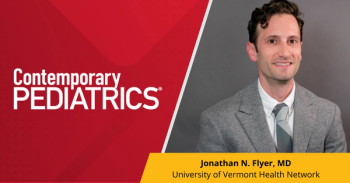
Implications of SCOTUS decision on pediatric practice
Andrew J Schuman, MD, FAAP, presents his take on the US Supreme Court decision to uphold the healthcare subsidies provision of the Affordable Care Act and how the monumental decision will affect the future of pediatrics.
In several Peds v2.0 articles, I’ve praised specific elements of the
Additionally, in 2013 and 2014, the ACA increased Medicaid payments to primary care physicians (PCPs). By increasing Medicaid payments, it has enabled pediatricians to accept these patients into our practices, where we could not afford to previously. Prior to the rate increase, Medicaid programs paid just 58% of Medicare rates for primary care services, according to a Kaiser Family Foundation report on Medicaid and the uninsured. Unfortunately, Medicaid parity ended at the end of 2014 and to date has not been reinstated.
Other elements of the ACA have been a disappointment. As deductibles and copays have increased for most Americans following implementation of the law, I have seen parents delay the evaluation of children when ill. Parents also are not necessarily having their ill children seen by their PCP, opting for less-expensive alternatives such as retail-based clinics and even direct-to-consumer video visits.
What perhaps has been the most detrimental part of the government’s overhaul of healthcare came with the creation of
With the new Supreme Court ruling, the ACA remains intact and continues to move forward. We will continue to provide preventive health services and screenings for our patients, and hope that at some point the government reinstates enhanced Medicaid payment to PCPs. Our representatives, however, need to make healthcare under the ACA much more affordable for everyone. This could easily be achieved by allowing patients to buy insurance across state lines and/or allow businesses to join buying groups that would reduce the cost of insurance.
Most importantly, I would like physicians and patients, and not government bureaucrats or members of academic “think tanks,” to be given a voice in reforming “healthcare reform.”
Newsletter
Access practical, evidence-based guidance to support better care for our youngest patients. Join our email list for the latest clinical updates.









